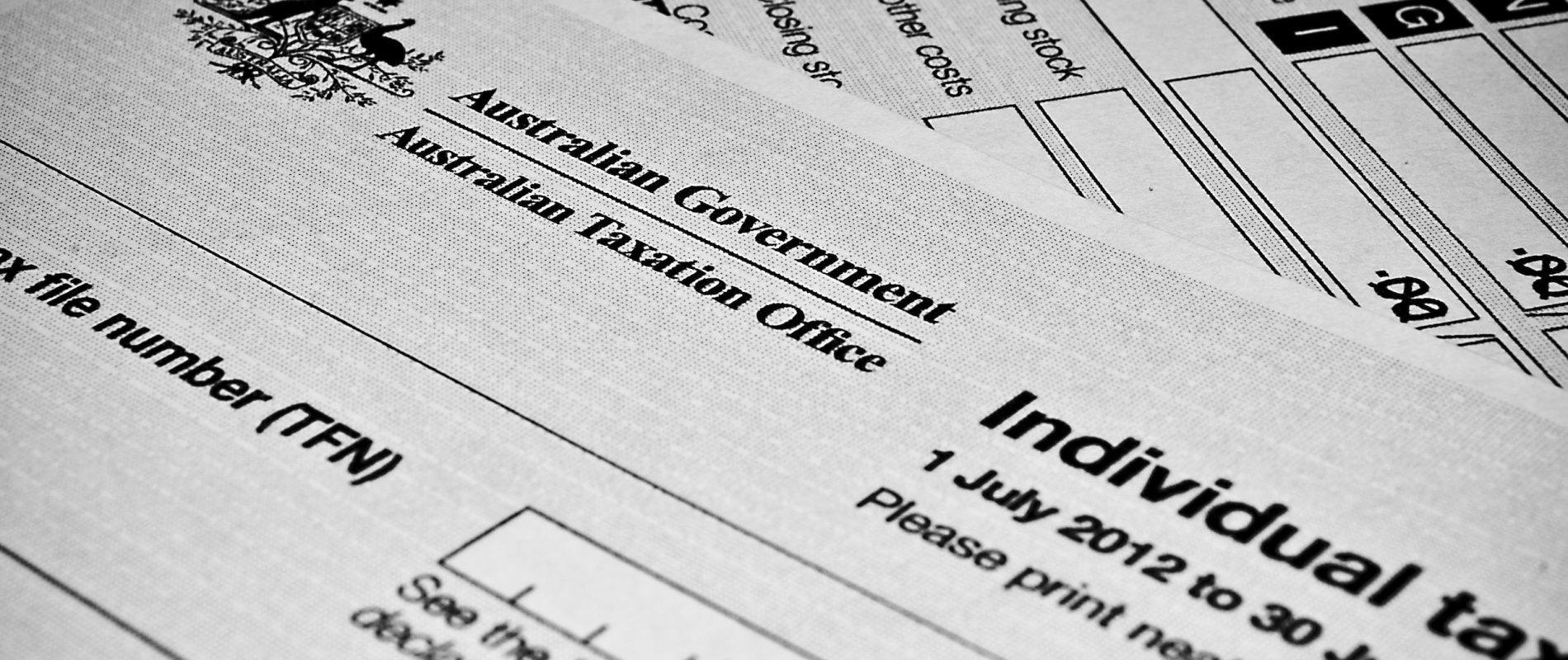The superannuation system
What is “superannuation”?
“Superannuation” (or “super” in Australian…) is a retirement fund.
From 1 July 2022, you’ll be entitled to super guarantee contributions regardless of how much you earn, it doesn’t matter whether you’re full time, part time or casual, your employer must pay 11 % of the value of your regular earnings (from 1 july 2023) into a super fund on your behalf. Unlike for taxes, you’re not contributing to this fund—your employer does. But like income earned, super contributions made by your employer are taxed at 15%.
Growing your super should be easy for you—it’s your employer’s responsibility to pay into your super account a minimum of 11 % (fron 1 july 2023) of your ordinary time earnings at least every three months. Keep in mind overtime isn’t usually eligible for super contributions.
There are a few simple steps to follow if you suspect your employer isn’t paying your super guarantee contributions. Read Unpaid super from your employer for more info.
There are many types of super funds and they all charge either monthly (e.g. $6.5 for the Westpac super fund) or weekly ($1.5-$2.5) “admin fees.” A few supers have a tiered fee structure where, based on your superannuation account balance you will be charged a certain percentage of the balance—the higher the balance the higher the fee. Many super funds also apply a number of fees—contribution fee, advice fee, investment fee, exit fee, etc. Some may be optional. For instance, most super funds set a default insurance option, but you can usually choose to change the level of coverage based on your needs.
The money in your super is invested, ideally wisely, to maximize balance growth. Investment decisions will be made on your behalf and optimized for your goals and investor profile so that you don’t have to research the best rate of return. You can also self-manage your super for more control over your money. That said, unless you work in finance or have long-term plans in Australia, it’s probably not worth the time and effort to learn everything there is to know about investment during your WHV. For more info, read Types of super funds.
Claiming your super back
Since you’re probably not planning to retire in Australia, you can still claim some of this money back after you’ve left the country—because yes, “super” is your money.
As of July 1, 2017, 1 July, your superannuation refund will be taxed at a rate of 65% (ouch… it used to be 38%…!).
So, how much money can you expect? We did the math for you (you’re welcome!).
- $55,000 annual income: ($5,225-15%*)-65% tax rate on the refund = $1554
- $45,000 annual income: ($4,275-15%*)-65% tax rate on the refund = $1271
- $30,000 annual income: ($2,850-15%*)-65% tax rate on the refund = $848
- $20,000 annual income: ($1,900-15%*)-65% tax rate on the refund = $565
- $10,000 annual income: ($950-15%*)-65% tax rate on the refund = $283
*The 15% ATO tax on employer contributions.
Tip—stick to one super fund
When you start working in Australia, your first employer will offer for you to join the company’s super. More and more working holiday makers are also opting for their bank’s super when they open an account.
Whatever fund you choose is up to you but remember the details of your first super fund to provide to other employers you may have—this way, you won’t have to deal with several super funds.
It makes sense to have one account as it is also easier to keep track of one fund than several and you cut both costs and paperwork. Every time you fill in HR paperwork with a new employer, make sure to state that you already have a super fund and provide the details. Otherwise, your new employer might start a new super for you.
You may want to send an email to yourself with the following info to have it handy: superannuation fund name, phone number, email and member number. This is what you’ll need to provide to new employers.
How do I claim back some of my super?
You can claim your refund as soon as you leave Australia—the three-step process to have your earned super paid out is called the Application for a departing Australia superannuation payment (PDF format) (DASP).
Firstly, is your visa still active? If so, you will need to request cancellation of your temporary visa before you can apply for your super. Basically, fill in the form and send it to [email protected]. The process is free.
Secondly, make sure your employer has made the last contribution to your super—remember, they do so every three months, so you may have to wait for a little while.
If you claim your super within six months of leaving Australia, check with your super fund for the documentation required for the DASP claim as certified documents may be required. Don’t wait! Remember that super accounts charge an admin fee, so it’s best to claim your refund as soon as possible.
If you do not claim your super from your fund within six months of leaving Australia and your visa ceases to be in effect, your fund may be required to transfer the money to the ATO. The ATO will hold
your super until you claim it. Read Application for payment of ATO-held superannuation money if you’re in this situation.
Like for your tax return, you can manage the process alone, as described on the ATO website’s page Applying for a Departing Australia superannuation payment from a super fund or retirement savings account or you can use a registered agent like Taxback.com (use this link for 10% off!). Use their free calculator to estimate your refund.
Need more help? Read How to claim your super. For specific questions on the DASP online application system, check the FAQs. The DASP for working holiday makers page is useful for detailed info on the tax rate applicable to you.
What if I plan to come back to Australia with another visa?
If you’re just taking a side trip to South-East Asia but will come back to Australia with the same active Working Holiday Visa, don’t claim your super yet.
If you’re leaving Australia but planning to eventually come back with a second Working Holiday Visa or another type of visa, go for it, claim your super. It’s perfectly okay to do so as long as the visa you had when you left Australia expired or was cancelled.
Claiming your DASP now actually makes sense. Let’s imagine you’re coming back to Australia with a working or skills visa other than the Working Holiday Visa. The DASP tax rate for working holiday makers is 65%, but it’s only 35% for other visa classes. Now, if you didn’t claim your original super and start adding to it again as a temporary worker, the DASP tax rate will still be 65% because you started it as a working holiday maker.
This is what the ATO says:
The DASP WHM tax rate applies to the entire payment, including any super you may have earned while working under a different visa.”
So basically:
If you will come back to Australia with a second Working Holiday Visa, you could not claim your super (since it will be taxed at 65%) and initiate the DASP after your second year in Australia.
If you will come back to Australia with another type of visa, claim your money now so that the next super you will start under your new visa status will be taxed at 35%.
















 Français
Français English
English




(2) Comments
Bonjour, nous sommes un couple de pvtiste. Est-il possible d’ouvrir un seul compte de superannuation ? Ou doit on obligatoirement en avoir 1 chacun ?
Merci d’avance
Clémence
Salut ! Il vous en faut un chacun je pense, comme vos salaires sont individuels et que la superannuation est calculée selon ces salaires.
{{like.username}}
Loading...
Load more